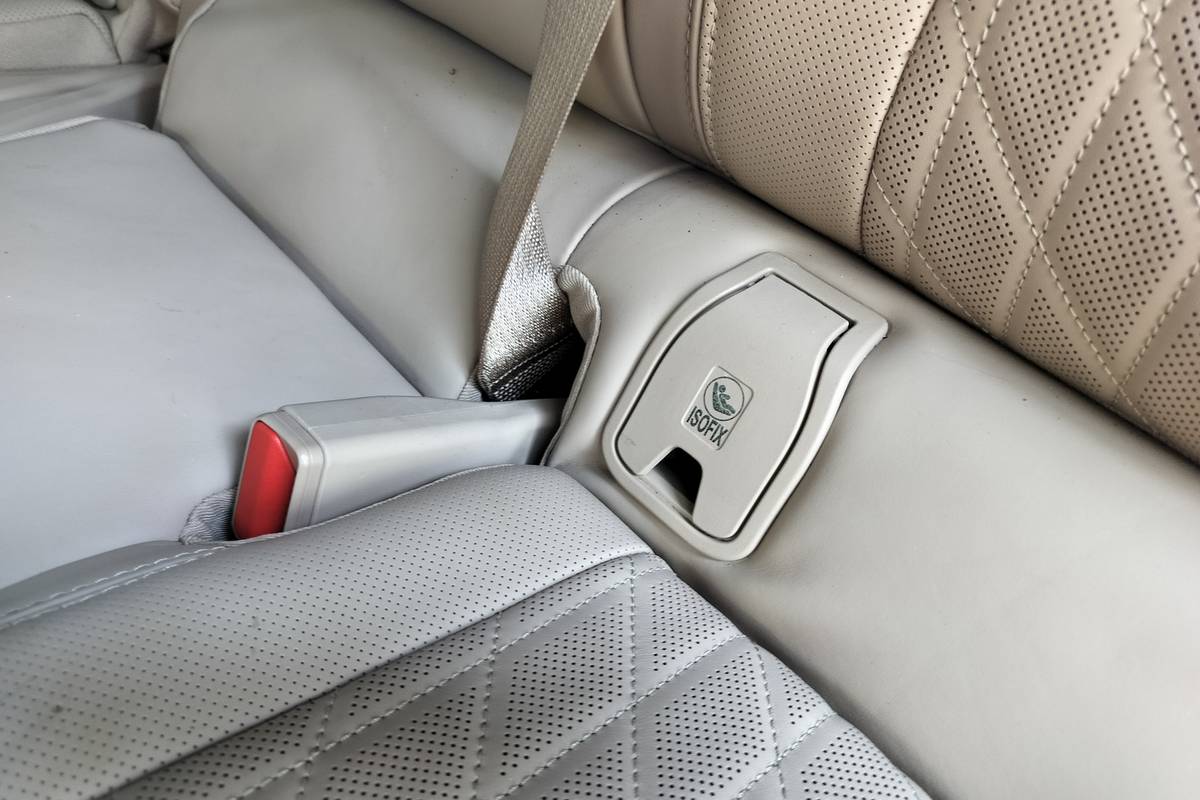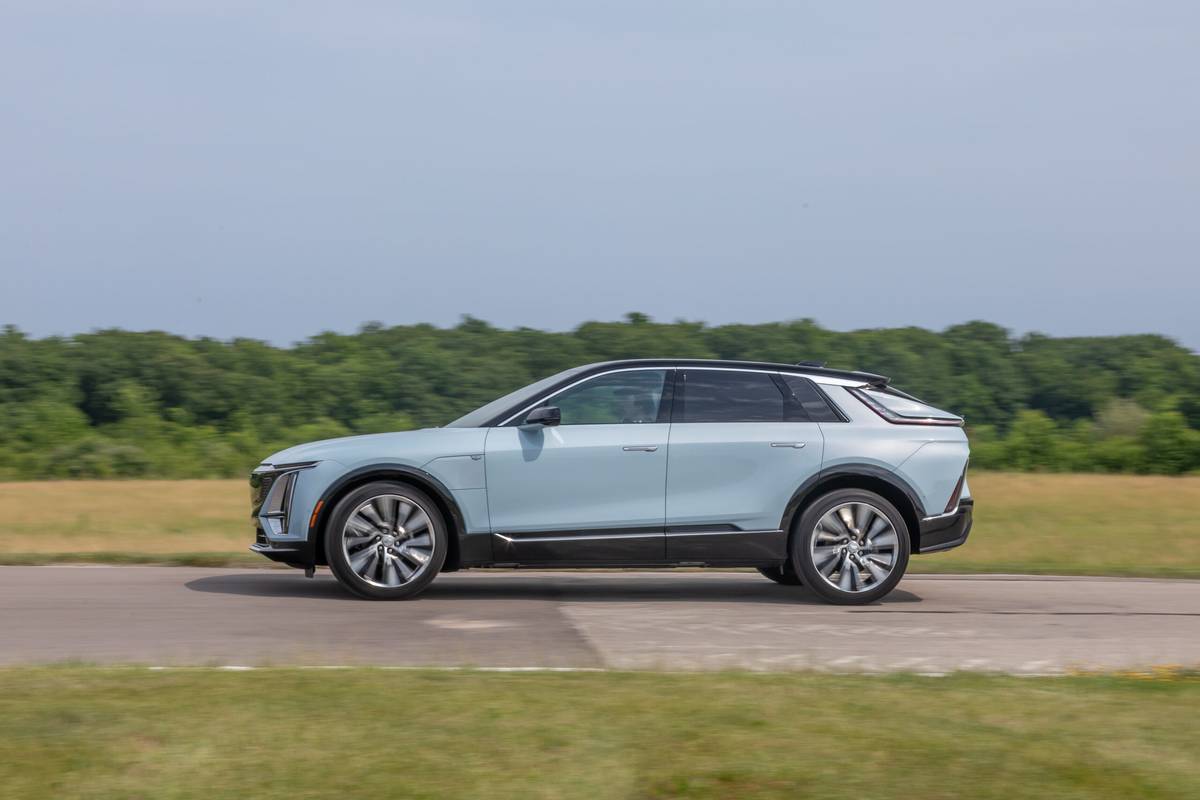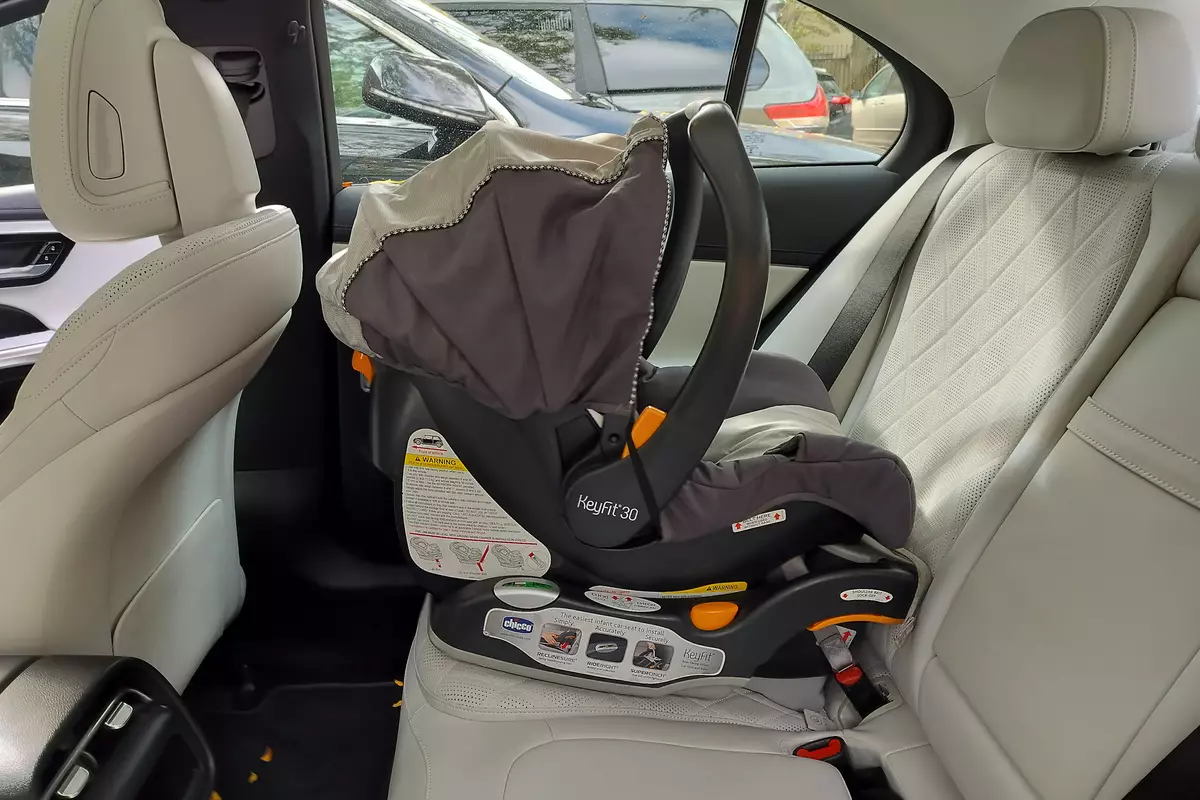chicagotribune.com's view
So what`s not to like about the 1992 Hyundai Elantra, newest member of the South Korean import lineup best known for the subcompact Excel?
Though subcompact in size, the front-wheel-drive Elantra offers surprisingly good interior room, a spacious trunk and easy to see and use controls.
Its 1.6-liter, 16-valve double-overhead cam four-cylinder engine develops 113 horsepower, hardly rocketlike and not exactly whisper quiet at launch, but powerful enough to move you away from the light once all the CTA buses and cabs have squeezed through on red.
A 22 m.p.g. city/29 highway mileage rating with five-speed manual or four-speed automatic transmission is more than tolerable. Though Elantra is designed for high mileage, the speedometer reading goes up to 140 m.p.h. Either 140 m.p.h. is wishful thinking or Hyundai is trying to dispose of leftover speedometers.
Styling is cute and somewhat resembles a Dodge Shadow with Lexus-like headlamps.
Elantra is built on a 98.4-inch wheelbase and is 171.6 inches long, compared with a 93.8-inch wheelbase and 168.3-inch length on the Excel 4-door sedan. It`s offered in base and uplevel GLS versions.
The list of standard equipment includes a host of bells and whistles tossed in with the $10,649 base price on the Elantra GLS 4-door sedan we test- drove.
There`s power steering and brakes, tilt steering column, independent suspension, front and rear stabilizer bars, 14-inch Michelin radials, AM/FM stereo with cassette, power windows/mirrors/door locks, reclining front bucket seats, split and folding rear seats for access to the huge trunk, body colored bumpers/door handles/bodyside moldings, tinted glass, rear-window defroster, intermittent wipers, quartz digital clock, remote fuel filler/decklid/hood releases (the decklid release is conveniently located in the driver`s door below the handle) and side-window defogger.
Options in our test car included a $1,022 package of deluxe stereo with four speakers and air conditioning. Carpeted floor mats ran $56.
Elantra has just about everything you`d want for $11,625.
We emphasize “just about everything“ because Elantra doesn`t have an air bag or ABS brakes.
Hyundai boasts that Elantra offers “state-of-the-art technology.“ Make that state-of-the-art South Korean technology. The company says it is “committed to high safety standards,“ yet only the larger Sonata offers ABS in the Hyundai line.
Many of the automakers say that selling cars has become a high-stakes game of chance, and quality is the price of entry into the game. If so, ABS and air bags are what you shove toward the pot when placing your bet. And, in such a competitive environment, those who can`t call the bet better be ready to fold.
Hyundai will start adding air bags in 1994 and offer them in all models by 1996. Elantra will be the next model to get ABS, perhaps as early as 199 3 if enough consumers demand it, but by 1994 for sure, even if they don`t raise a fuss.
The lack of those safety systems bothers us. Perhaps Hyundai could have deleted a few of the items in the standard equipment list in favor of the more vital bag and ABS brakes.
And speaking of safety, the side and rear windows on Elantra are prone to clouding up with condensation. The rear-window defroster quickly clears the back glass, but once you turn the defroster off, the window clouds again rather fast.
In its favor, Hyundai offers a new all-encompassing warranty. Called Value Care, normal maintenance is free on Elantra for two years or 24,000 miles. Free maintenance includes such regularly scheduled service as oil and filter changes and tire rotations at 7,500, 15,000, and 22,500 mile intervals (you should do the oil and filter changes on your own every 3,000 miles in between) as well as fluid changes and belt or hose replacements when needed within the 24 month/24,000 mile time period.
Also, the powertrain warranty on all `92 Hyundais has been raised to 5 years/60,000 miles from 3 years/36,000 miles. The more inclusive warranties weren`t simply added out of the goodness of Hyundai`s heart. The automaker may have created a sales stir with its Excel, but when the commotion settled down, it came into question for reliability, durability and dependability, and what better way to soothe savage consumer beasts then with a warranty.
Hyundai started selling cars in the U.S. on Feb. 20, 1986, when it sold its first Excel. In 1988, the midsize Sonata was added, and in 1990 the Scoupe sports coupe.
Excel set an industry record with first-year sales of 168,882 cars, or 68,882 more than the automaker had set its sights on. In 1987, sales climbed to 263,610. Then reality set in, along with charges of poor quality in rushing the car to market. In 1990, Excel sales totaled 101,749, and for the first 10 months of 1991, 58,429.
With so much to offer for $11,000, Elantra could help Hyundai regain some of its lost fortunes. Of course, it would have helped had it offered at least a driver-side air bag or ABS.
In addition to working on regaining lost sales, Hyundai must consider how to win back some lost dealers who were approached by Mitsubishi in an effort to expand the Japanese automaker`s sales outlets and have switched franchises. Dealerships burdened with unsold inventory of Excels were a prime target for Mitsubishi.
Latest news



